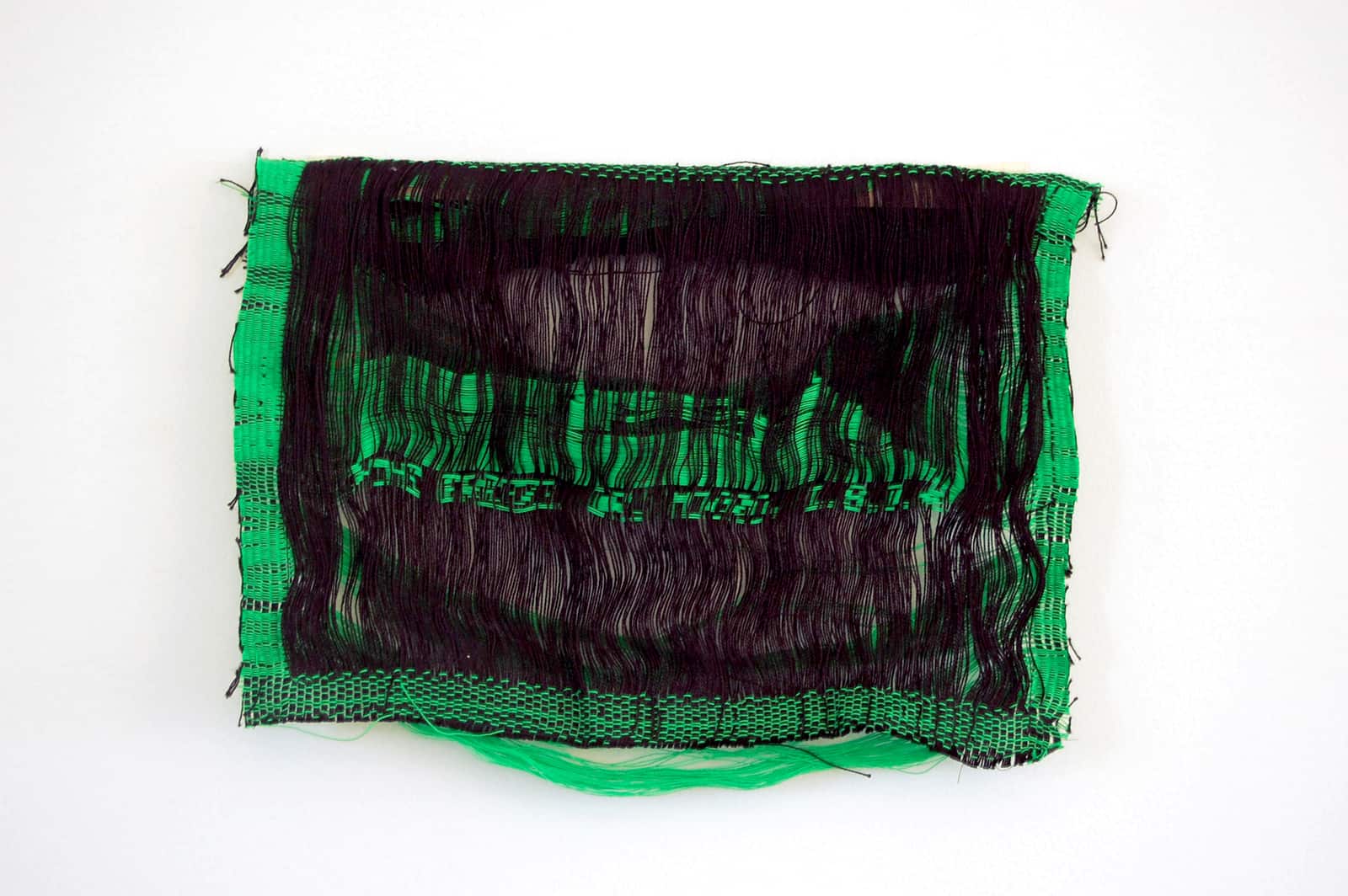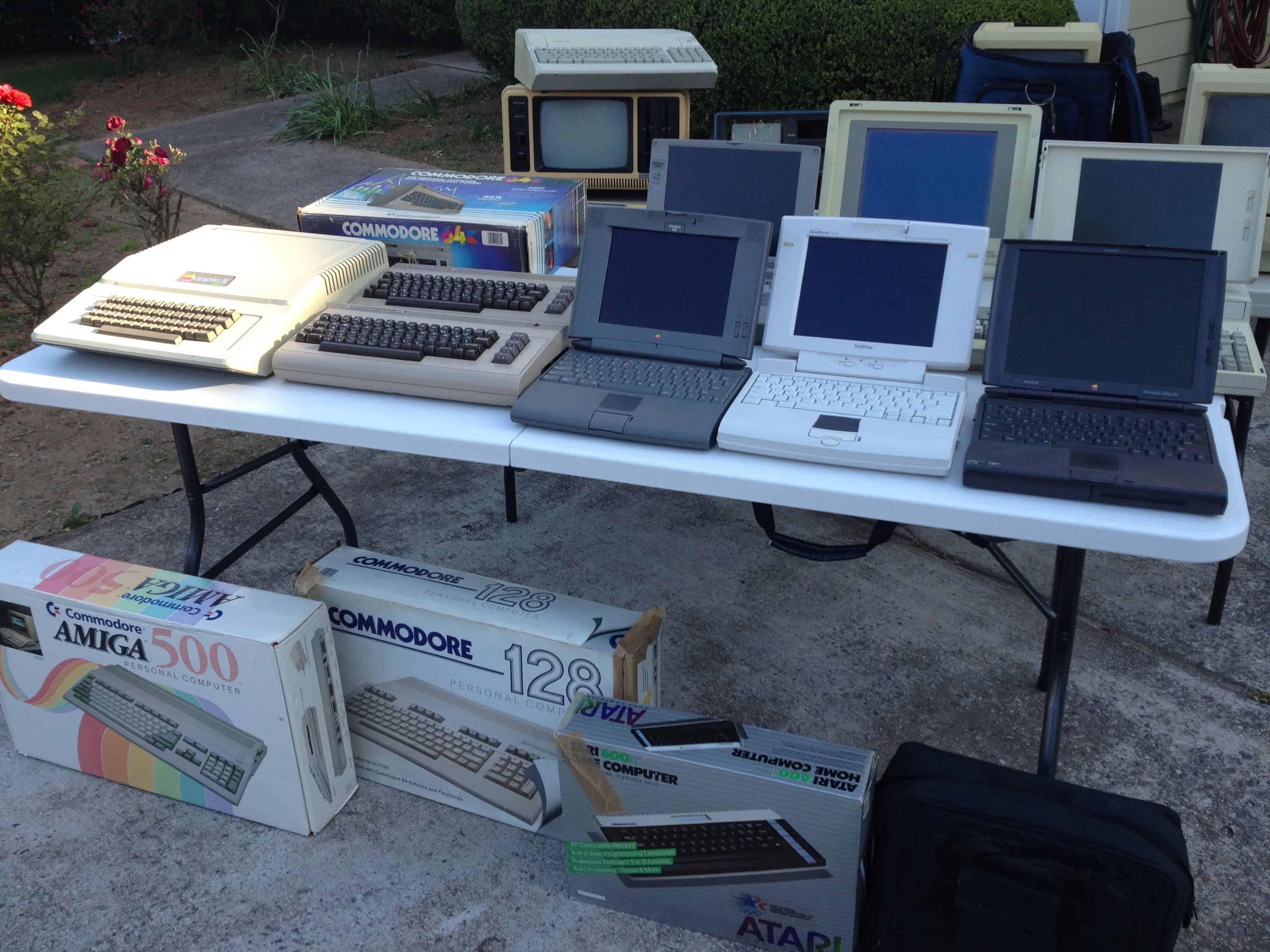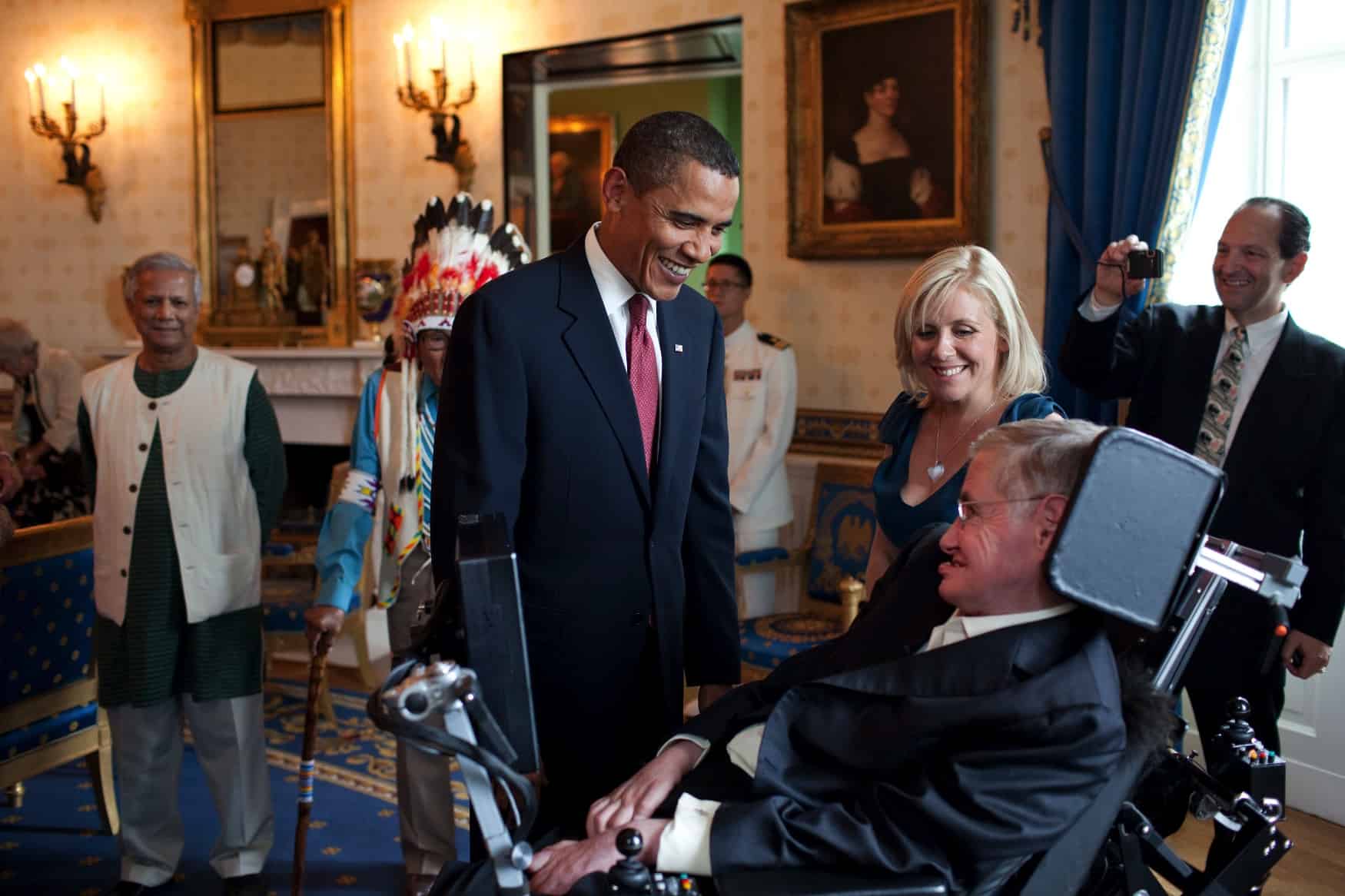 April 17, 1977: The Apple II launch at the West Coast Computer Faire positions Apple at the forefront of the looming personal computer revolution.
April 17, 1977: The Apple II launch at the West Coast Computer Faire positions Apple at the forefront of the looming personal computer revolution.
The company’s first mass-market computer, the Apple II boasts an attractively machined case designed by Jerry Manock (who will later design the first Macintosh). It also packs a keyboard, BASIC compatibility and, most importantly, color graphics.
Fueled by some marketing savvy from Steve Jobs, the Apple II launch makes quite a splash at the San Francisco Bay Area’s first personal computer convention.
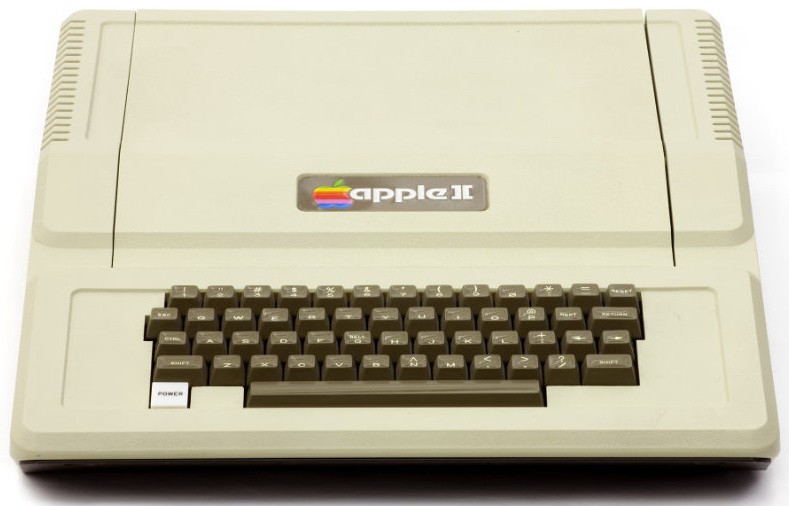
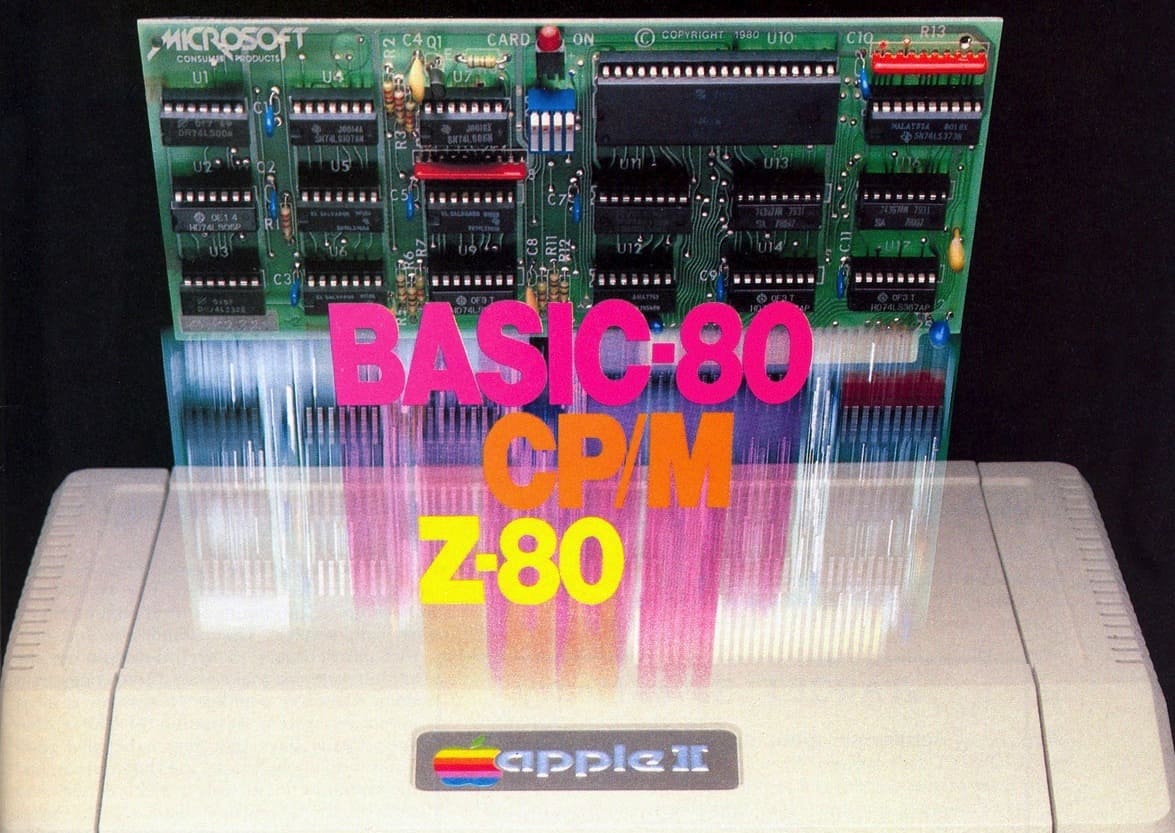
 April 2, 1980: Microsoft releases its first hardware product, the Z80 SoftCard. A microprocessor card that plugs into the Apple II, it allows the computer to run programs designed for the
April 2, 1980: Microsoft releases its first hardware product, the Z80 SoftCard. A microprocessor card that plugs into the Apple II, it allows the computer to run programs designed for the 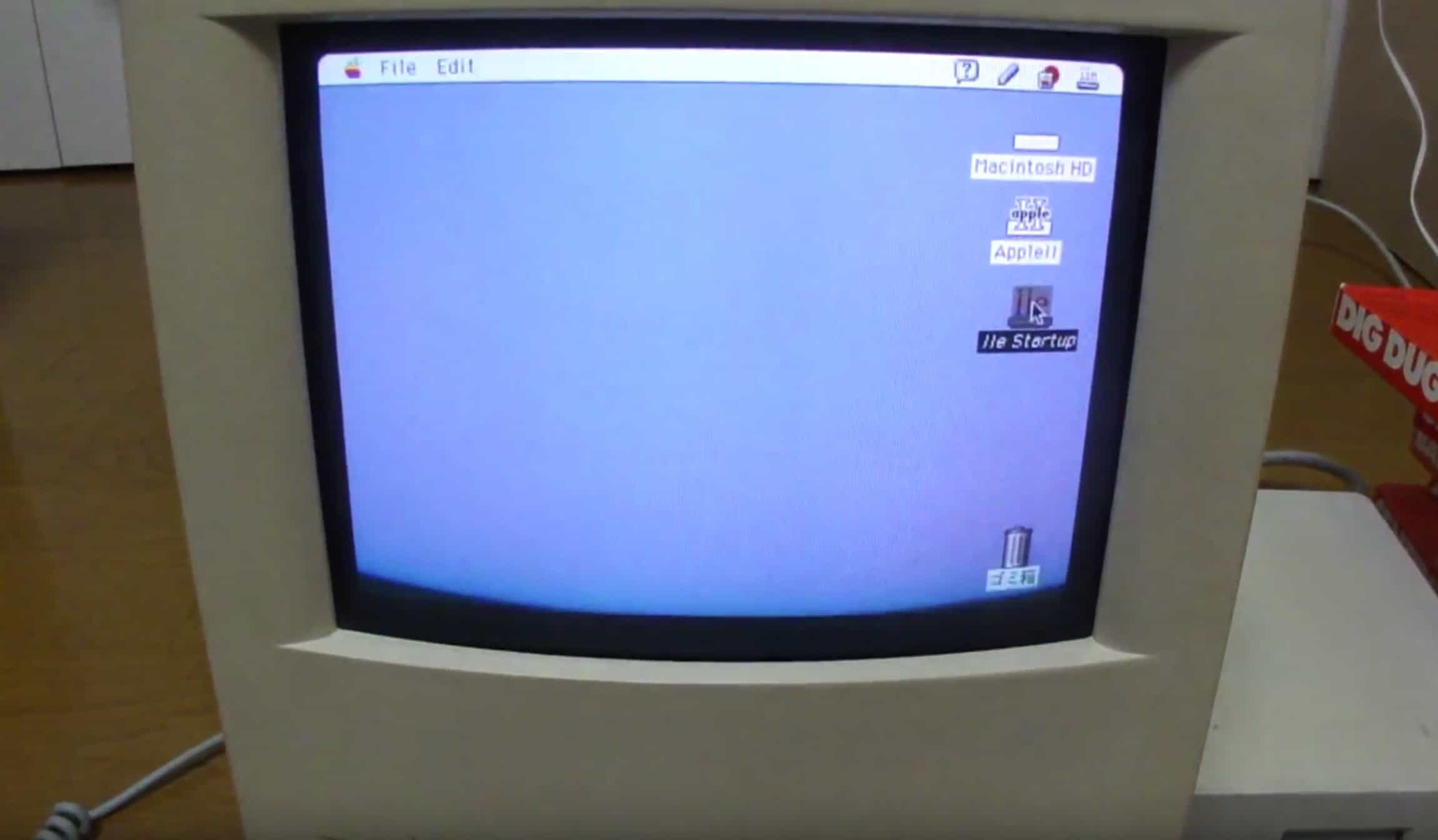
 March 1, 1991: Apple introduces the Apple IIe Card, a $199 peripheral that lets users turn Macs into fully functioning Apple IIe computers.
March 1, 1991: Apple introduces the Apple IIe Card, a $199 peripheral that lets users turn Macs into fully functioning Apple IIe computers.
 February 6, 1985: Frustrated by Apple’s shifting priorities, co-founder Steve Wozniak leaves the company to pursue outside interests.
February 6, 1985: Frustrated by Apple’s shifting priorities, co-founder Steve Wozniak leaves the company to pursue outside interests.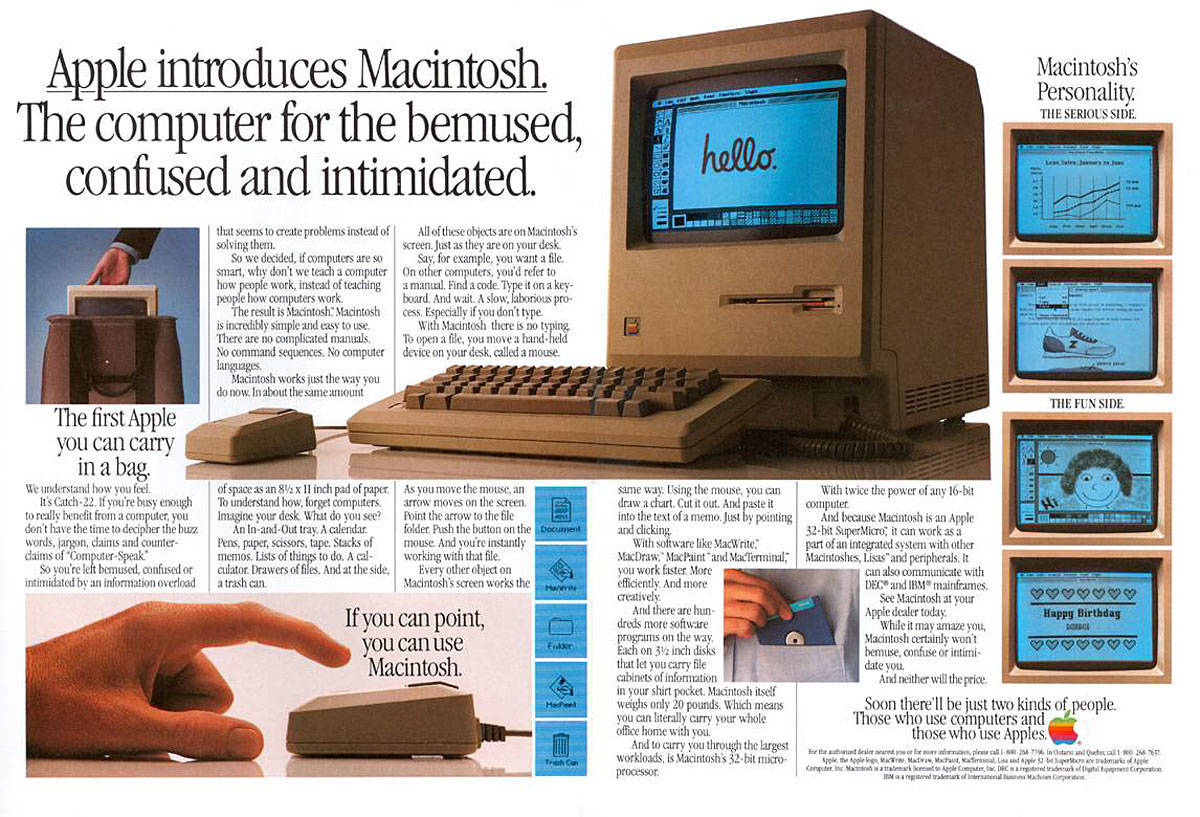
 January 24, 1984: Apple ships its first Mac, the mighty Macintosh 128K.
January 24, 1984: Apple ships its first Mac, the mighty Macintosh 128K.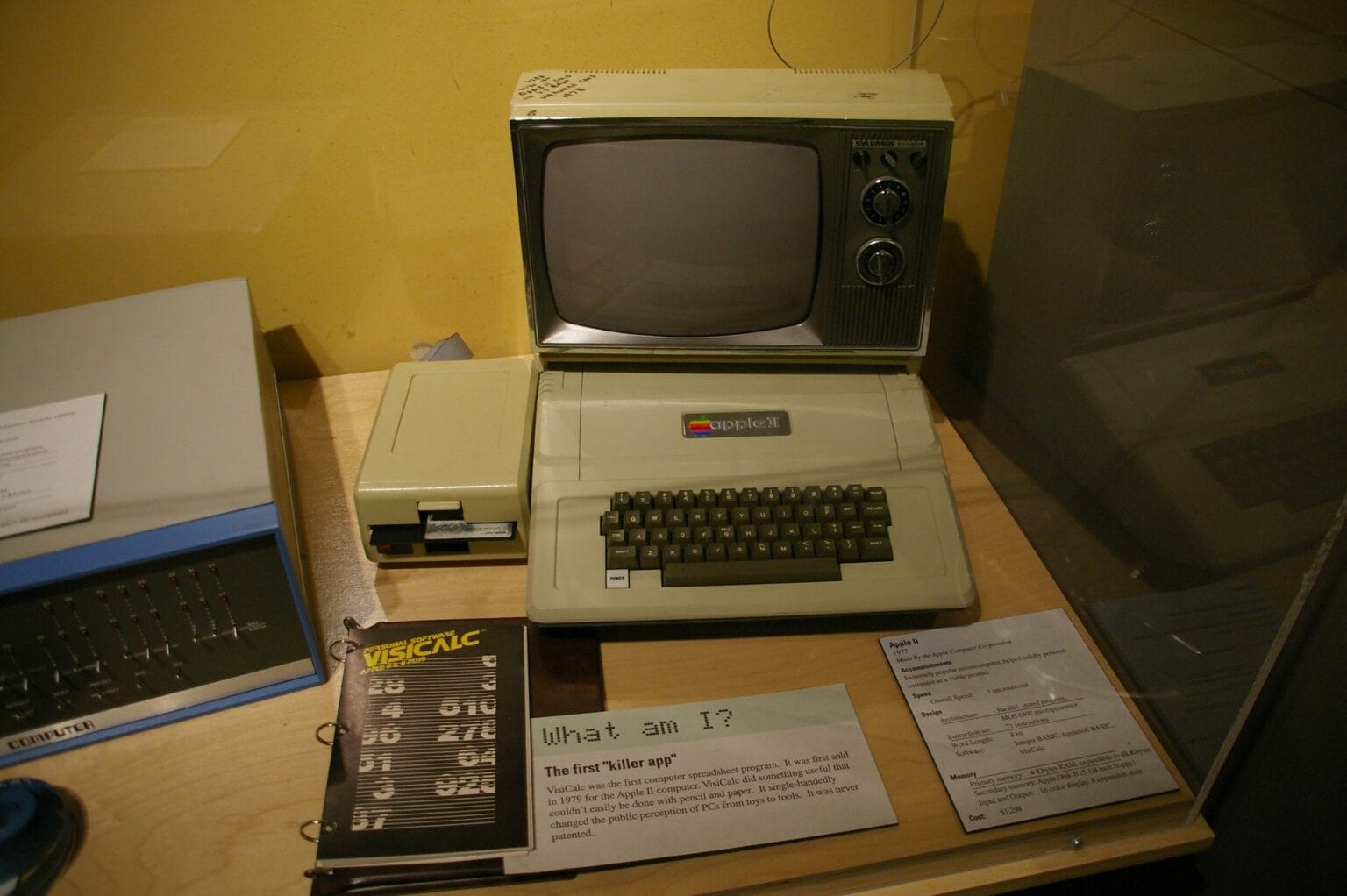
 January 2, 1979: Entrepreneurs Dan Bricklin and Bob Frankston incorporate their company Software Arts to publish a little program called VisiCalc.
January 2, 1979: Entrepreneurs Dan Bricklin and Bob Frankston incorporate their company Software Arts to publish a little program called VisiCalc.
 December 25, 1977: Steve Wozniak spends the holidays building a prototype of the Disk II, the Apple II’s revolutionary floppy disk drive.
December 25, 1977: Steve Wozniak spends the holidays building a prototype of the Disk II, the Apple II’s revolutionary floppy disk drive.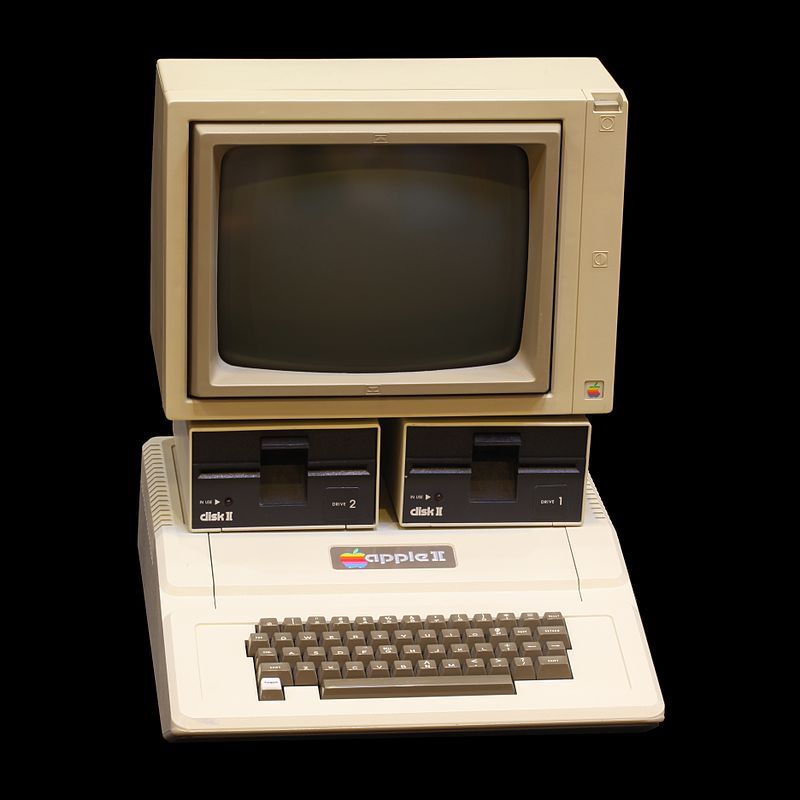
 June 10, 1977: Apple Computer Inc. ships its first Apple II computer.
June 10, 1977: Apple Computer Inc. ships its first Apple II computer. June 5, 1977: The first Apple II, the personal computer that will put Cupertino on the map, goes on sale.
June 5, 1977: The first Apple II, the personal computer that will put Cupertino on the map, goes on sale. June 1, 1978: Apple launches the Disk II floppy drive, one of the company’s most important peripherals ever.
June 1, 1978: Apple launches the Disk II floppy drive, one of the company’s most important peripherals ever.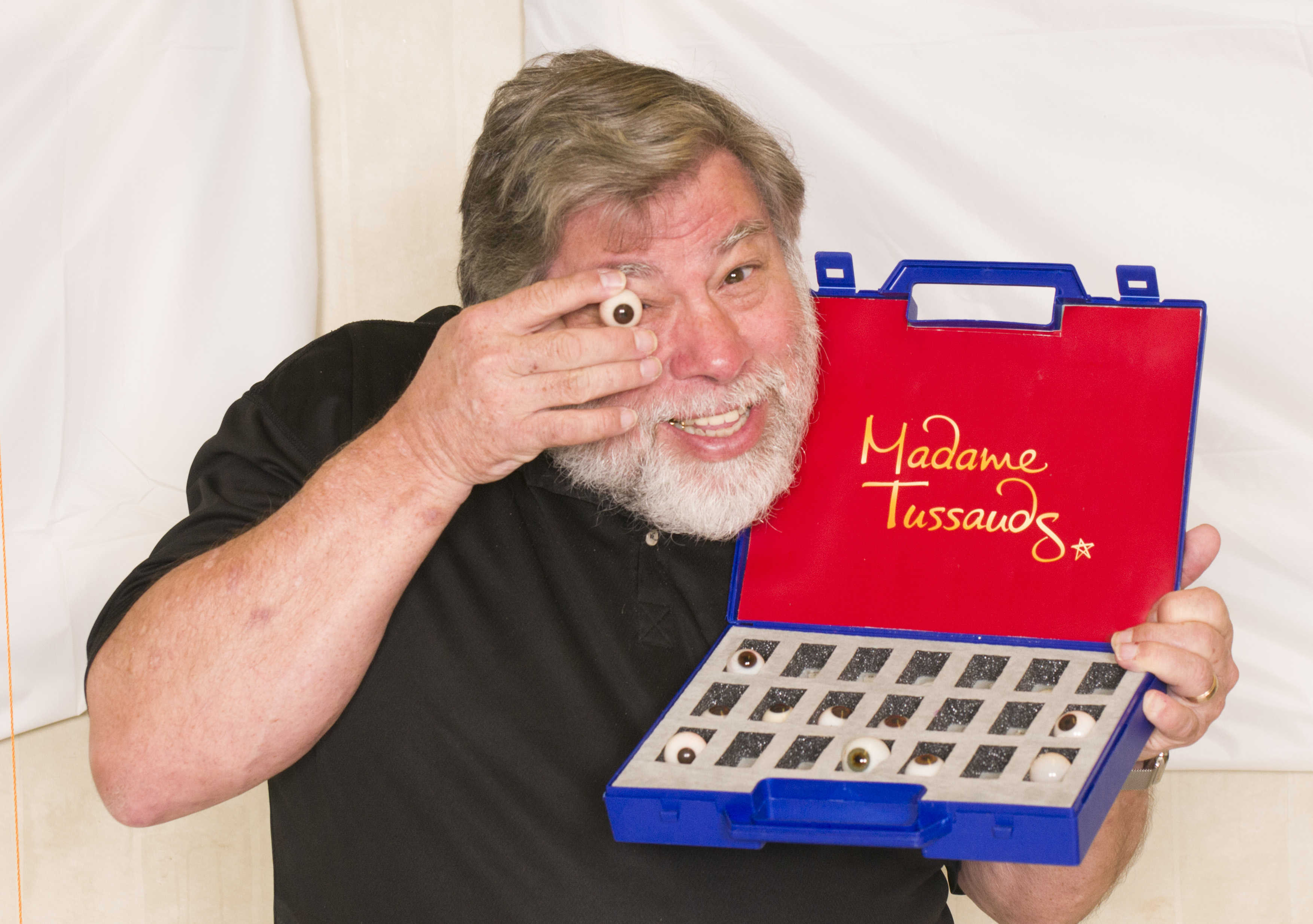
 August 11, 1950: Apple co-founder Steve Wozniak is born. While Steve Jobs may be the most admired Apple figure, Woz might be the most well-loved by fans.
August 11, 1950: Apple co-founder Steve Wozniak is born. While Steve Jobs may be the most admired Apple figure, Woz might be the most well-loved by fans.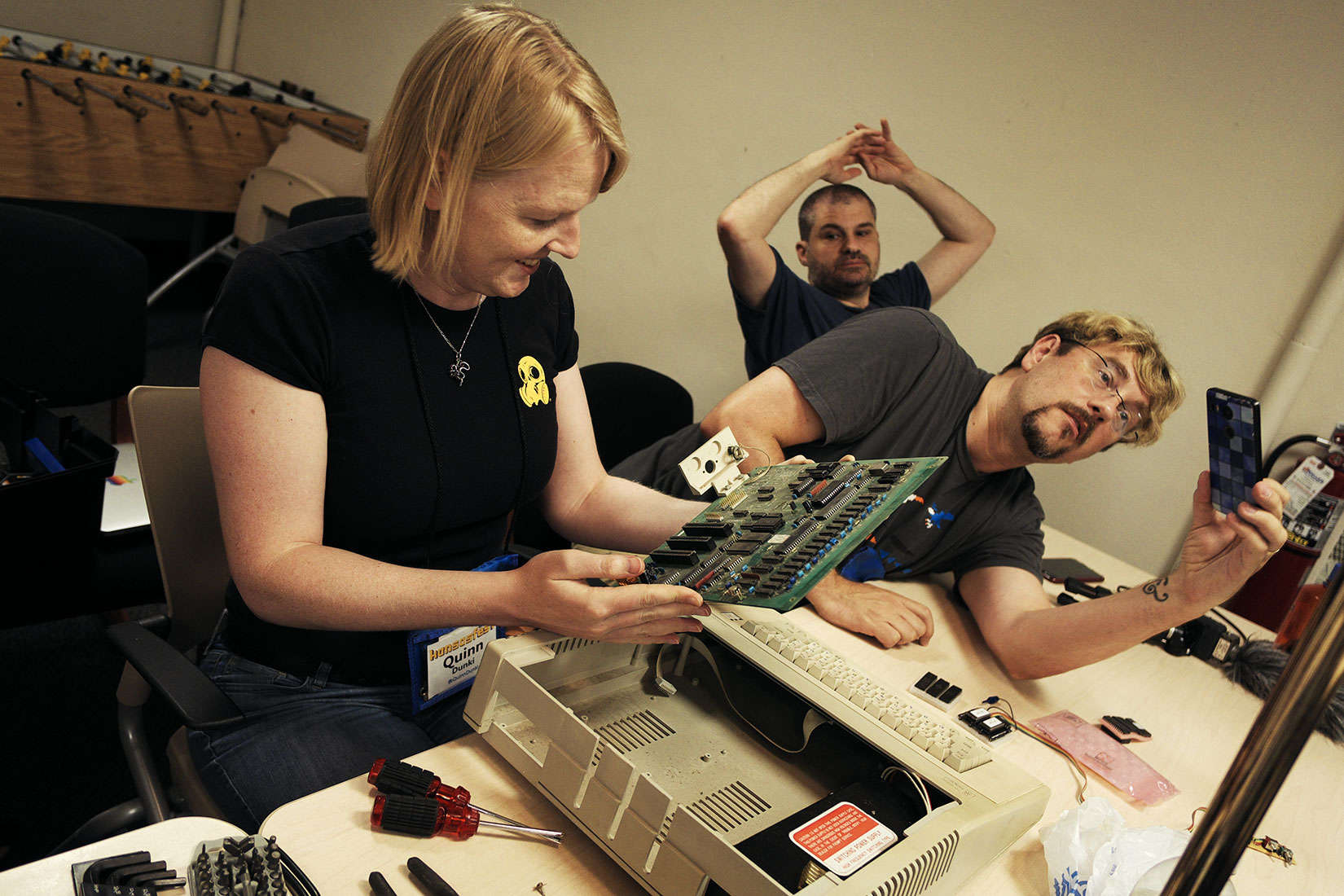
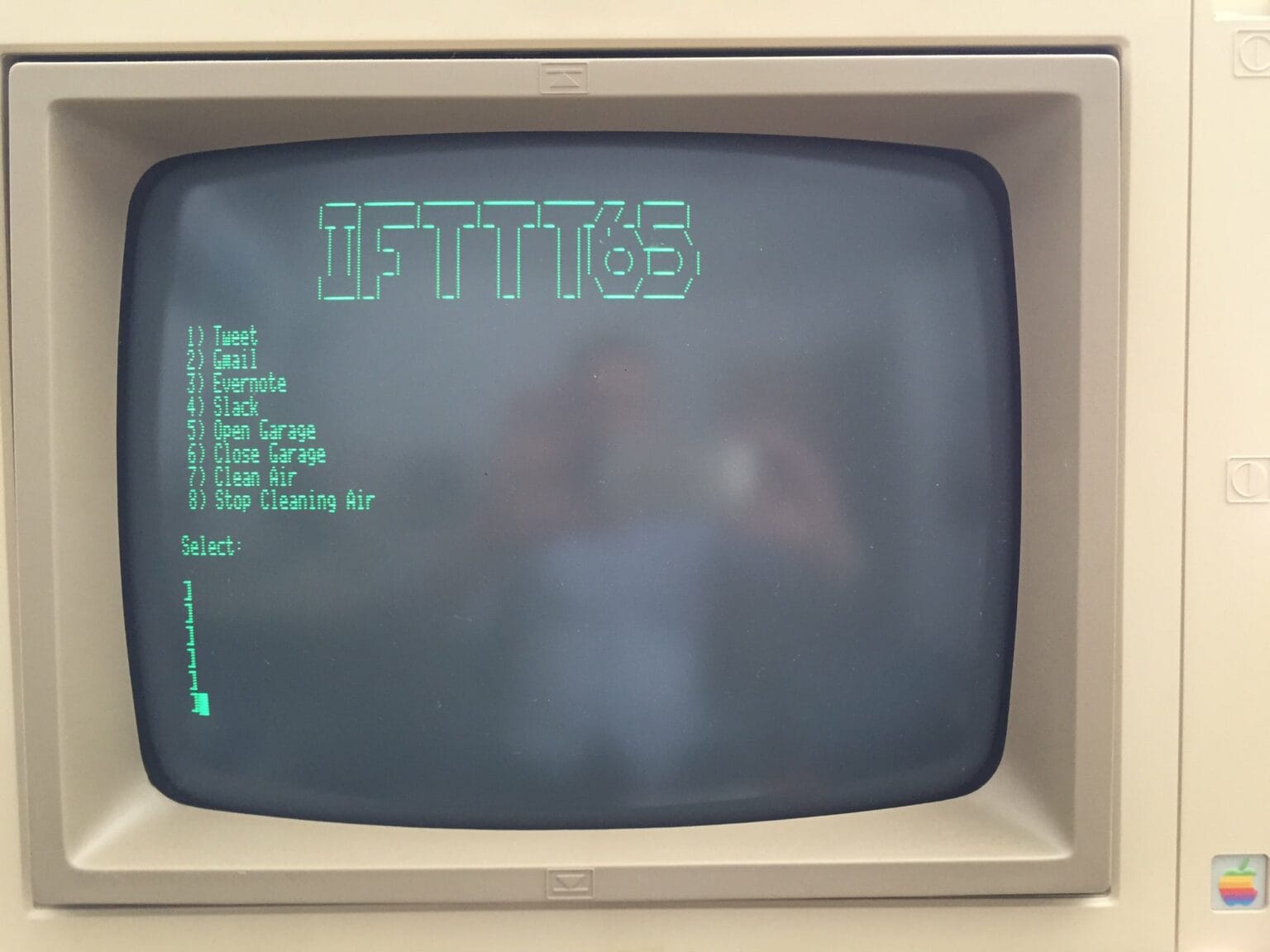
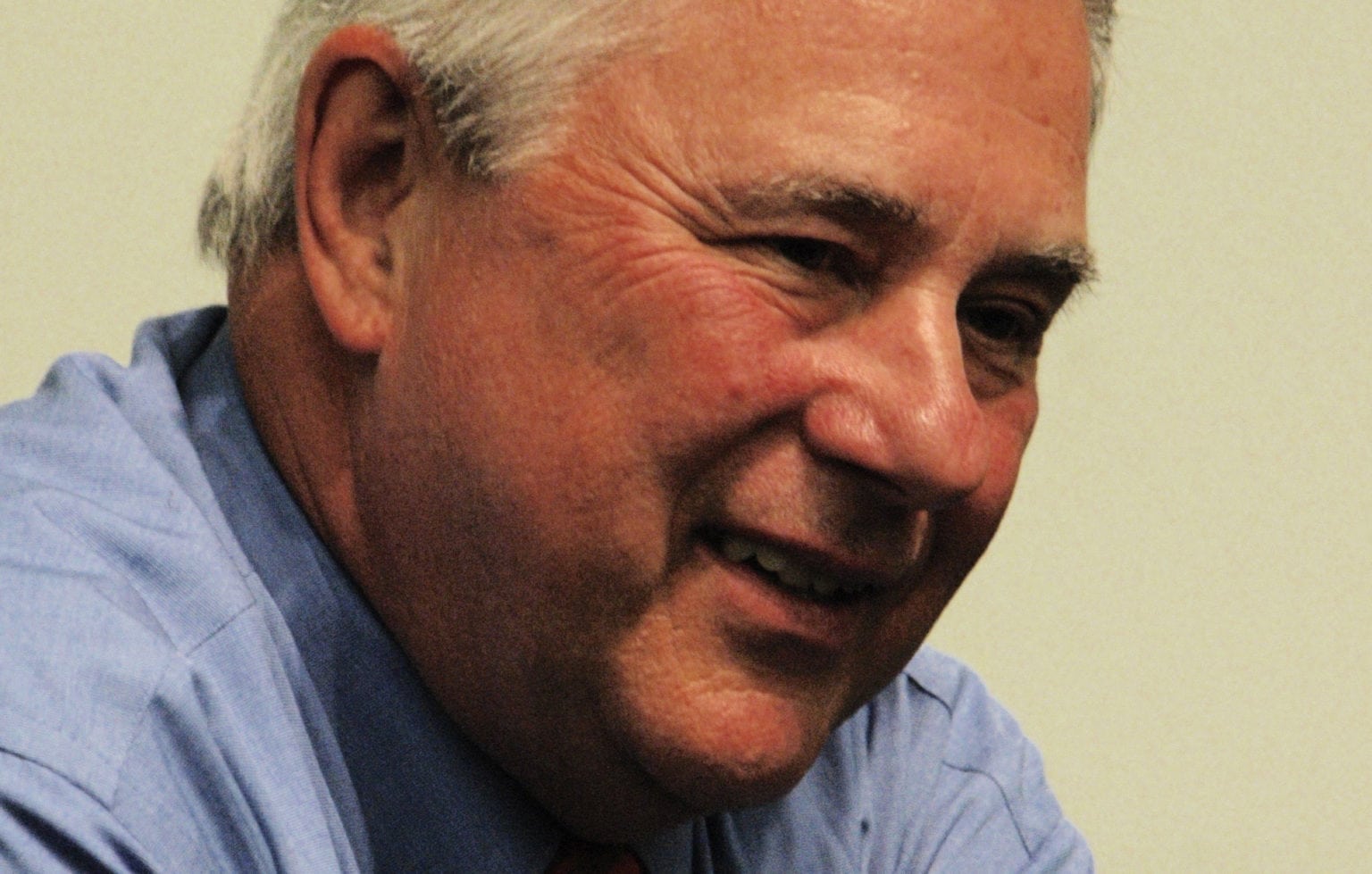
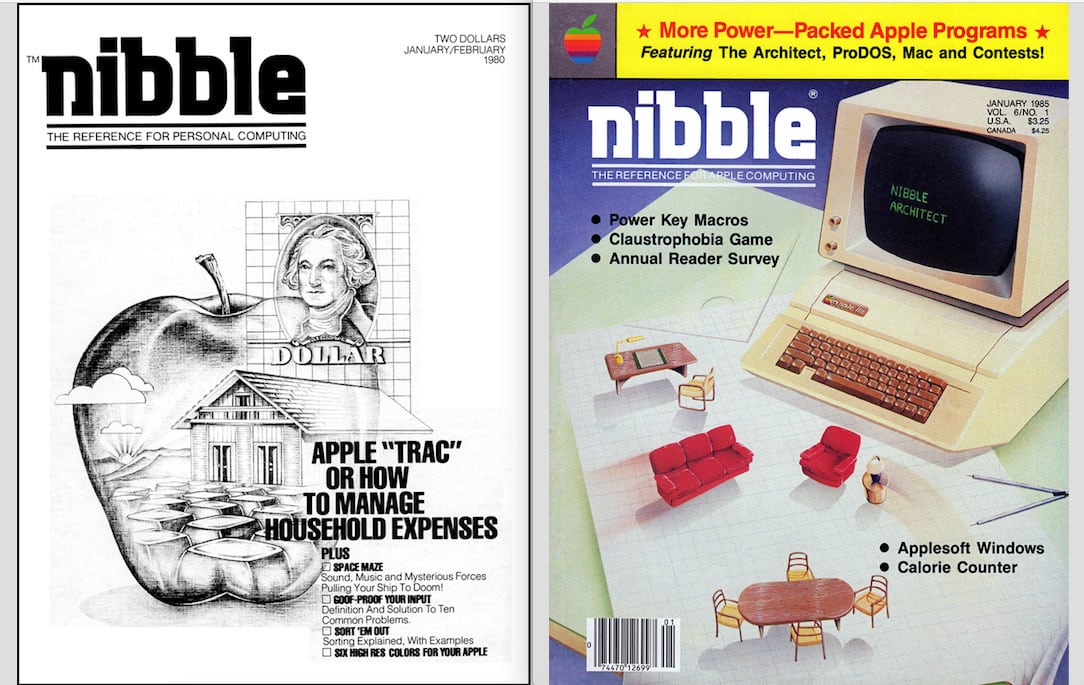
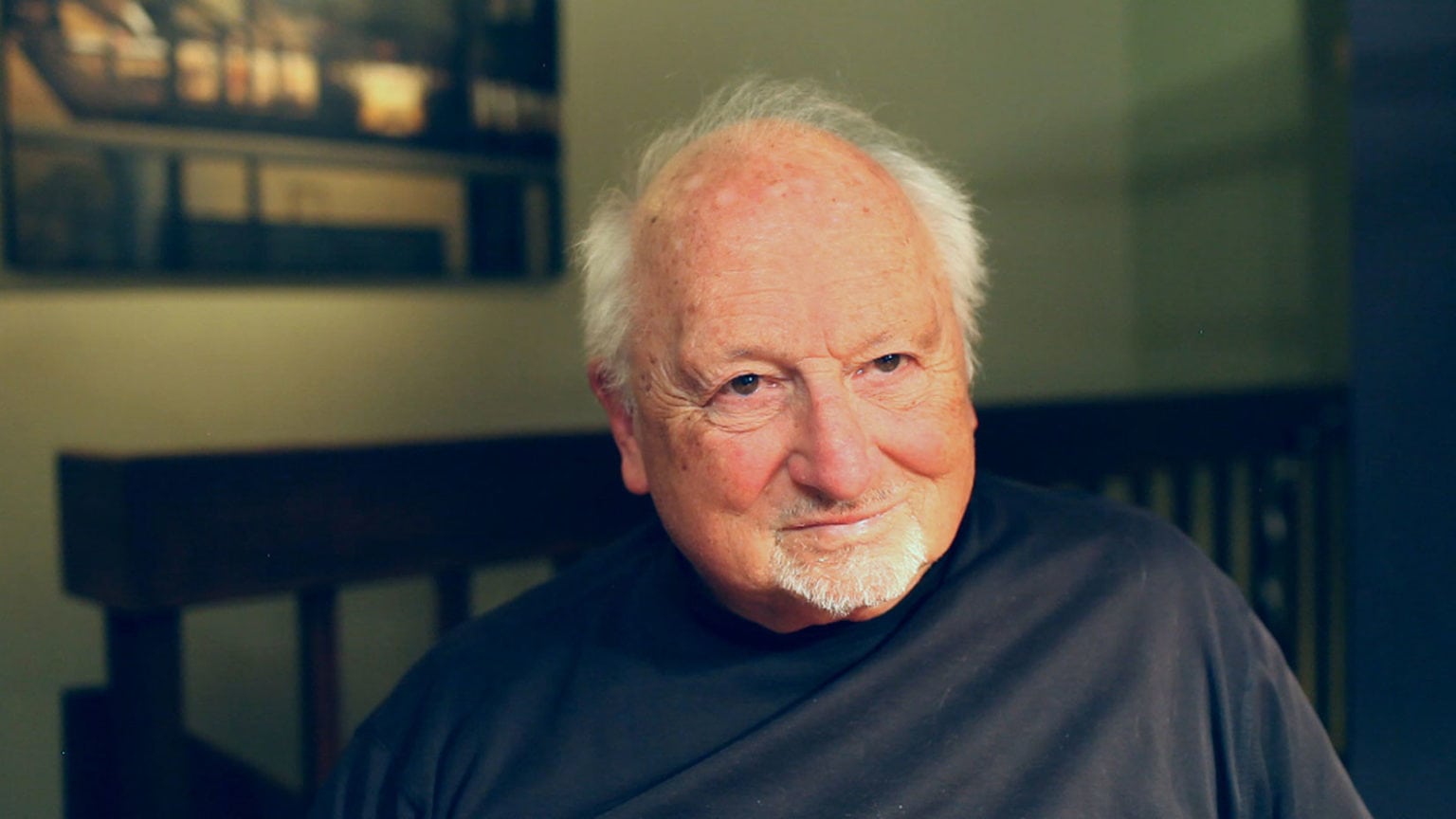
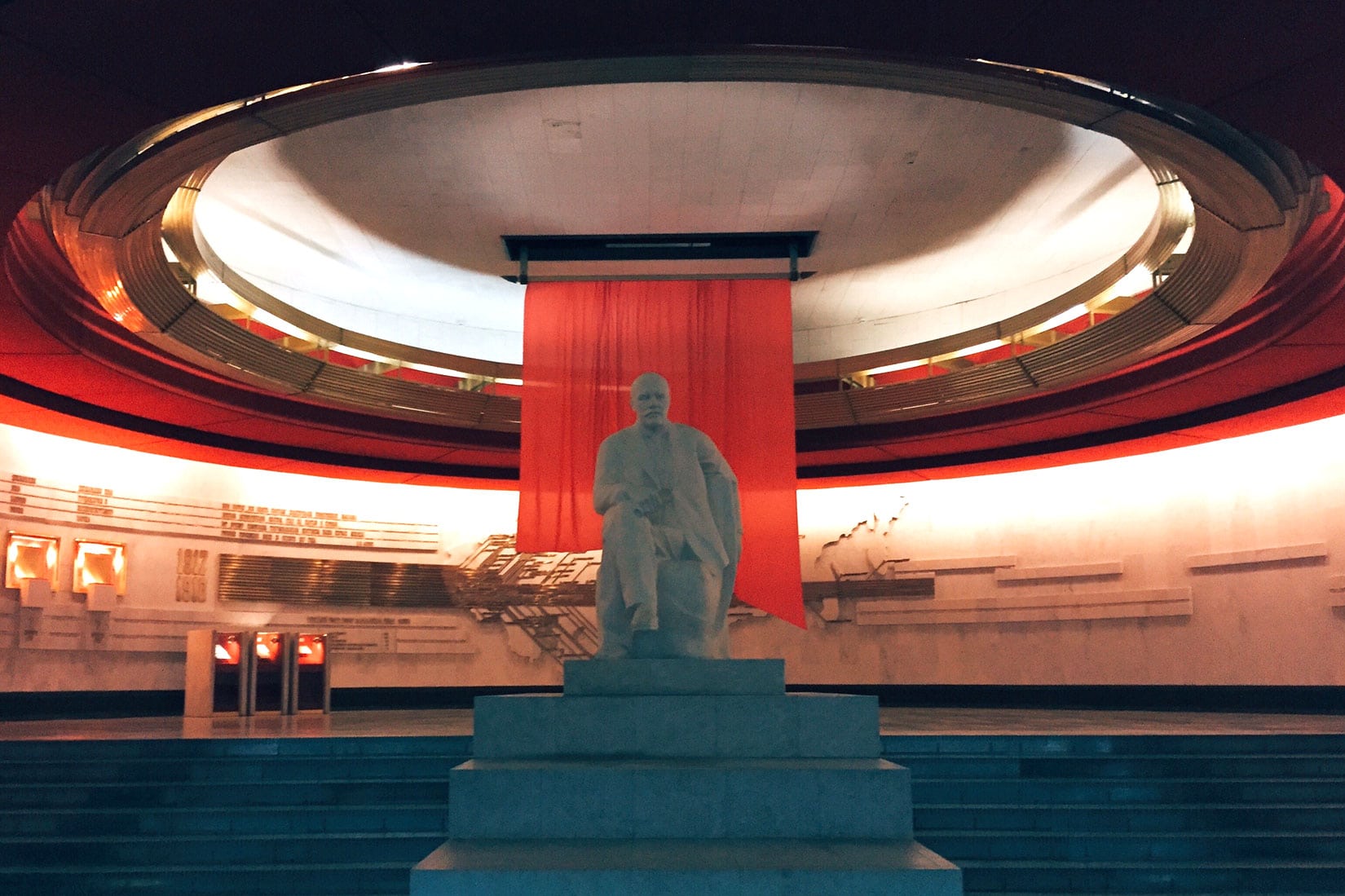
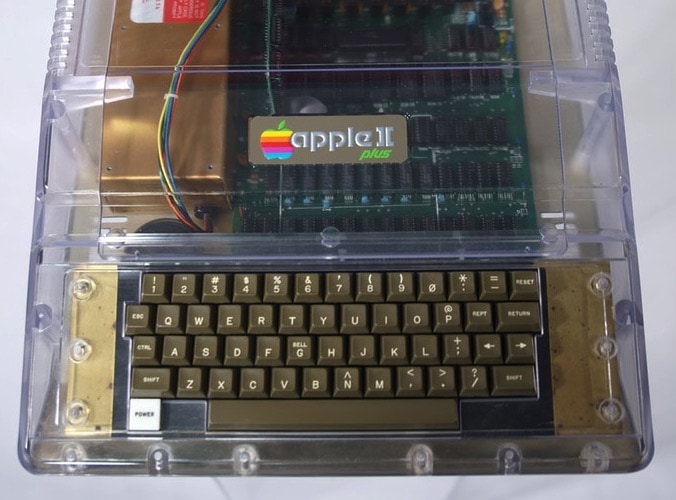
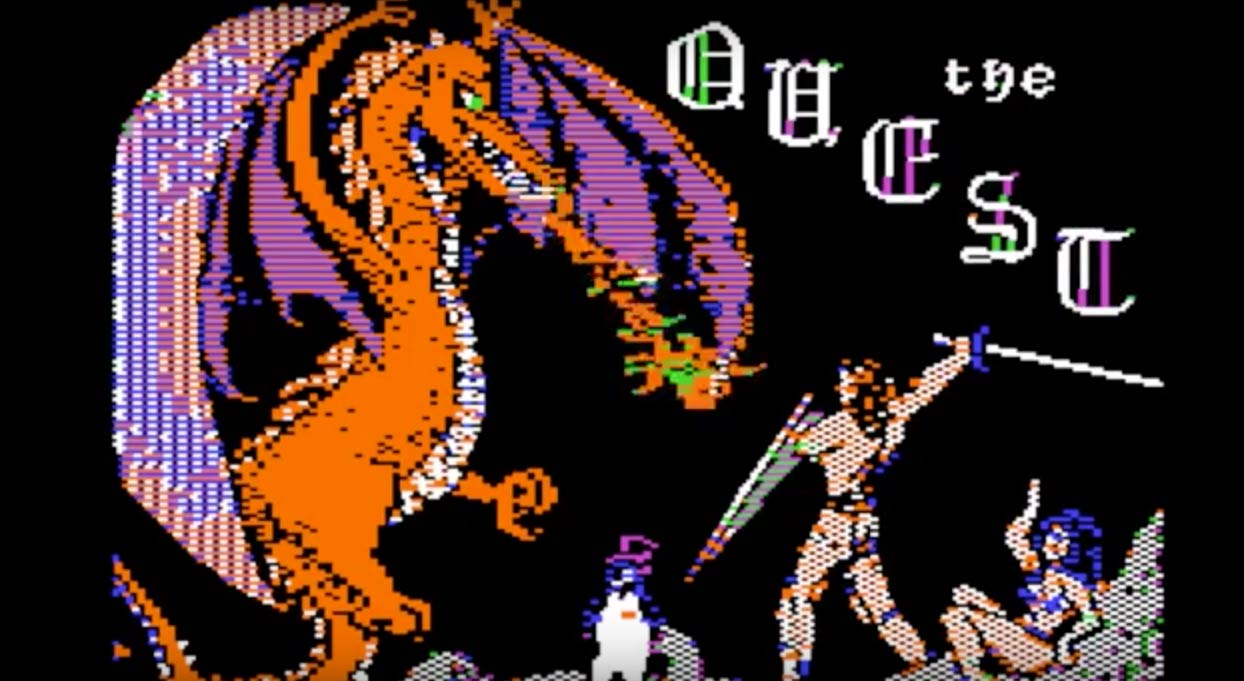
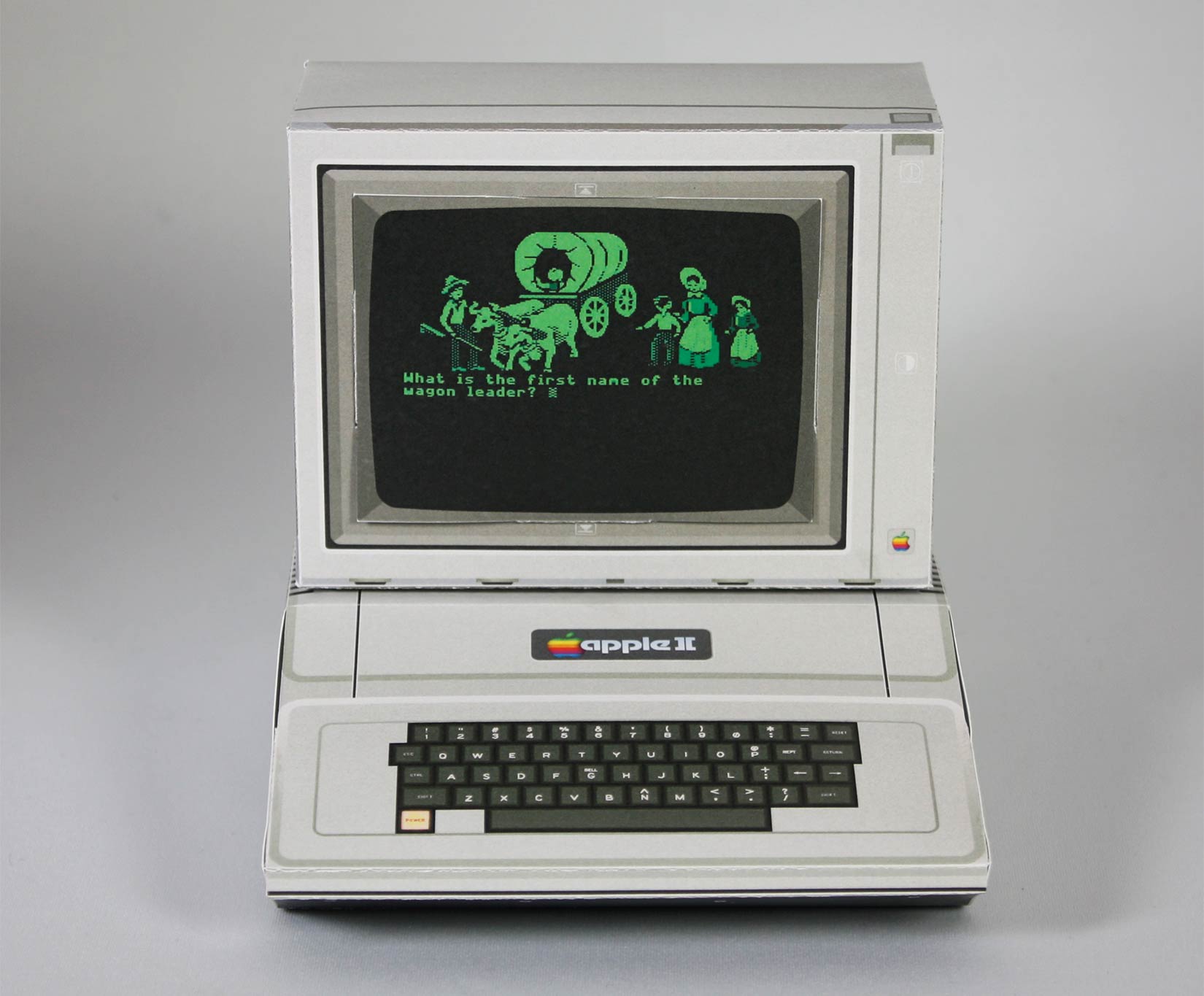

 September 15, 1988: Apple releases the Apple IIc Plus, the sixth and final model in the Apple II computer series. It’s a great machine, with impressive capabilities, but suffers from poor marketing and support.
September 15, 1988: Apple releases the Apple IIc Plus, the sixth and final model in the Apple II computer series. It’s a great machine, with impressive capabilities, but suffers from poor marketing and support.